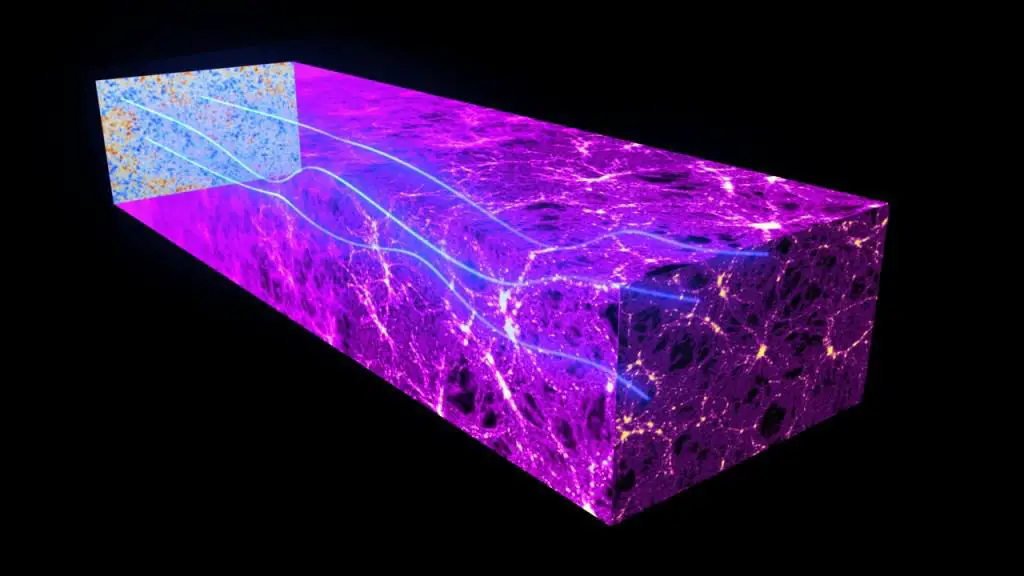In the vast expanse of cosmic inquiry, the age of the universe stands as a central question that challenges our understanding of time and space. Through scientific rigor and curiosity, researchers continue to refine their models, seeking clarity amidst the intricacies of cosmic phenomena.
Current Cosmological Models
Current cosmological models point to a universe about 13.8 billion years old, a number reached through extensive cosmic detective work. The Standard Model of cosmology provides a framework with dark matter and dark energy, which cosmologists believe dictate how the universe expands. At its core lies the Hubble constant, measuring how fast our universe is stretching.
Edwin Hubble's 1924 discovery that galaxies are moving apart led to the concept of the Big Bang, estimated at 13.8 billion years ago. However, defining the Hubble constant isn't straightforward and has sparked debate. The Planck mission estimated it at 67 kilometers per second per megaparsec, while supernovae observations suggest it's closer to 73. This discrepancy, dubbed "Hubble tension," offers different age estimates for the universe.
Cosmic microwave background radiation (CMB) supports these age calculations. The CMB emerged 400,000 years after the Big Bang, allowing astronomers to use this data to estimate the universe's age. However, variations in cosmic constants lead to inconsistencies.
Dark matter and dark energy remain enigmatic. Dark matter clumps formed seeds for galaxies, but our inability to detect these forces directly adds to cosmic uncertainty. Despite differences in measurement methods, the Standard Model remains widely accepted. However, some stars, like the Methuselah star, claim ages older than the universe itself, challenging our current understanding.
Each piece of evidence—gravitational lensing, galactic movements, cosmic membranes—brings us closer to unraveling universal mysteries, while leaving room for unexpected discoveries.
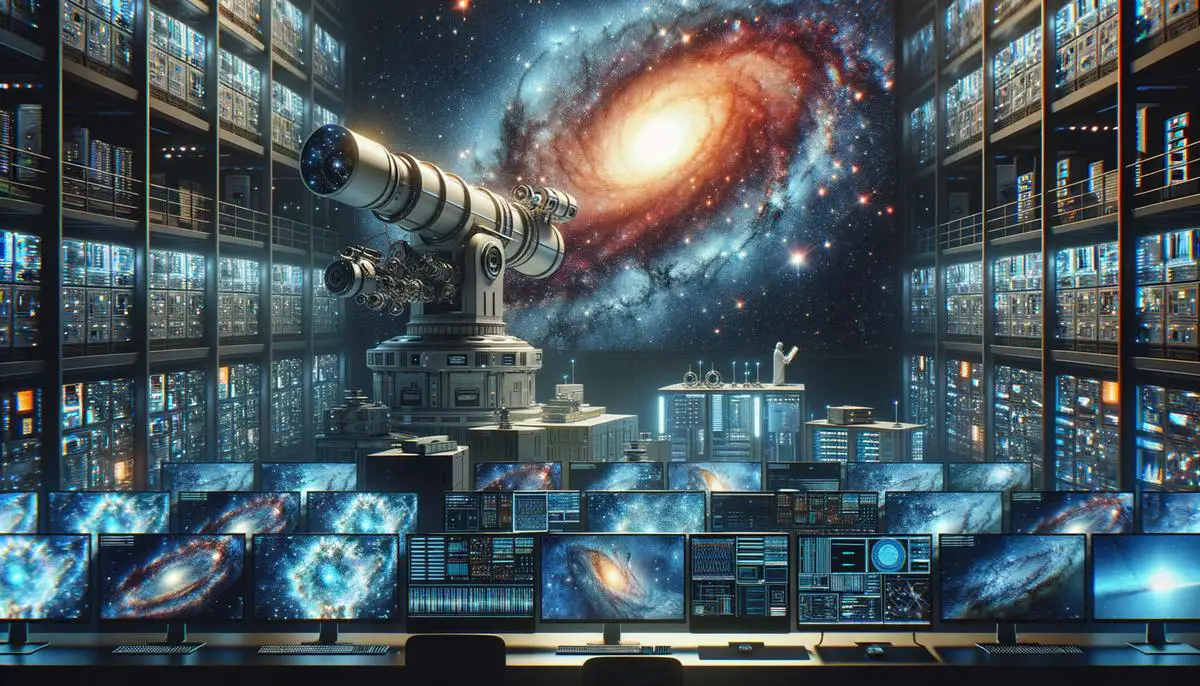
Challenges to the Standard Model
Rajendra Gupta's theory suggests the universe might be around 26.7 billion years old—almost double the current estimate. This challenges the Standard Model's estimates by reevaluating redshift interpretation and accommodating mysterious Methuselah stars and precocious early galaxies. Gupta invokes Zwicky's tired light theory and introduces evolving "coupling constants" as variables in cosmic calculations.
The implications of such revisions are substantial. If Gupta's model is accurate, it could significantly alter our understanding of cosmic evolution. The Hubble tension gains enhanced significance with these perspectives, potentially hinting at previously uncharted physical laws or cosmic evolutions.
The Methuselah star and early galaxies exhibiting mature features far beyond expected timelines might fit more neatly into a revised cosmic timeline under Gupta's model. This could grant ample time for stellar and galactic evolution, painting a richer picture of universal growth.
Gupta's model, alongside the Hubble tension, reminds us that the universe is still packed with secrets waiting to be discovered. As we explore these cosmic puzzles, we might find ourselves rewriting not just textbooks but our very understanding of the cosmos.
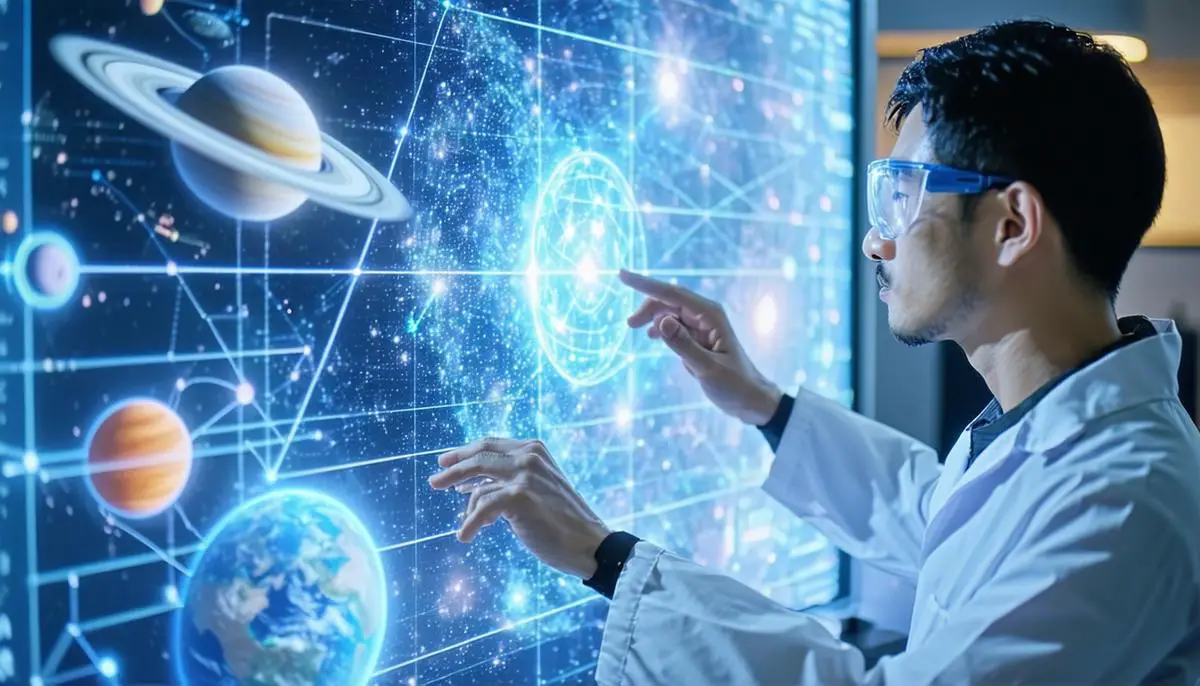
Alternative Age Estimation Methods
Alternative methods for estimating the universe's age involve examining the elemental composition of cosmic objects. Using radioactive decay as a cosmic archaeologist, the age of chemical elements can be gauged with precision. Analysis of isotopic ratios in meteorites dates our solar system to about 4.56 billion years old.
The rhenium-187 to osmium-187 decay suggests ages between 8 to 11 billion years for our cosmic neighborhood. Integrating all cosmic elements might propose a universe aged between 11.5 to 17.5 billion years.
Ancient star clusters provide another perspective. As stars consume hydrogen, they trace a path on the Hertzsprung-Russell diagram. Through this lens, star clusters suggest an age over 12.2 billion years. Globular clusters indicate ages between 11 to 14.6 billion years.
White dwarf stars, dense stellar remnants, offer additional insights. Their cooling patterns suggest ages of about 12.8 billion years for their hosting globular clusters.
These diverse methodologies present a range of potential ages for the universe, challenging the Standard Model's assumptions. They encourage embracing varied astronomical traditions in our quest for universal truth, reminding us that cosmic history is as multifaceted as the stars that immortalize it.

Implications of a Revised Universe Age
Reconsidering the universe's age could significantly impact our understanding of cosmic evolution. A revised timeline would affect interpretations of galactic formation and development, potentially resolving or creating new puzzles in astrophysics.
An older universe could extend the time for galaxies to evolve, possibly explaining the presence of mature structures shortly after the Big Bang. Conversely, a younger universe might require new explanations for rapid galactic development, perhaps involving an enhanced role for dark matter or altered initial cosmic conditions.
The implications extend to the Big Bang theory itself. Questions about the universe's inflation phase and the subsequent epoch of reionization might need reevaluation. A reconfigured timeline could provide coherence to enigmatic early cosmic events, such as the formation of early quasars and the ionization of primordial hydrogen.
Ultimately, revising the universe's age could reframe not just isolated astronomical phenomena but the grand picture of cosmic evolution. It would underscore the necessity of flexibility in our astronomical endeavors, keeping alive the timeless scientific pursuit of discovery.
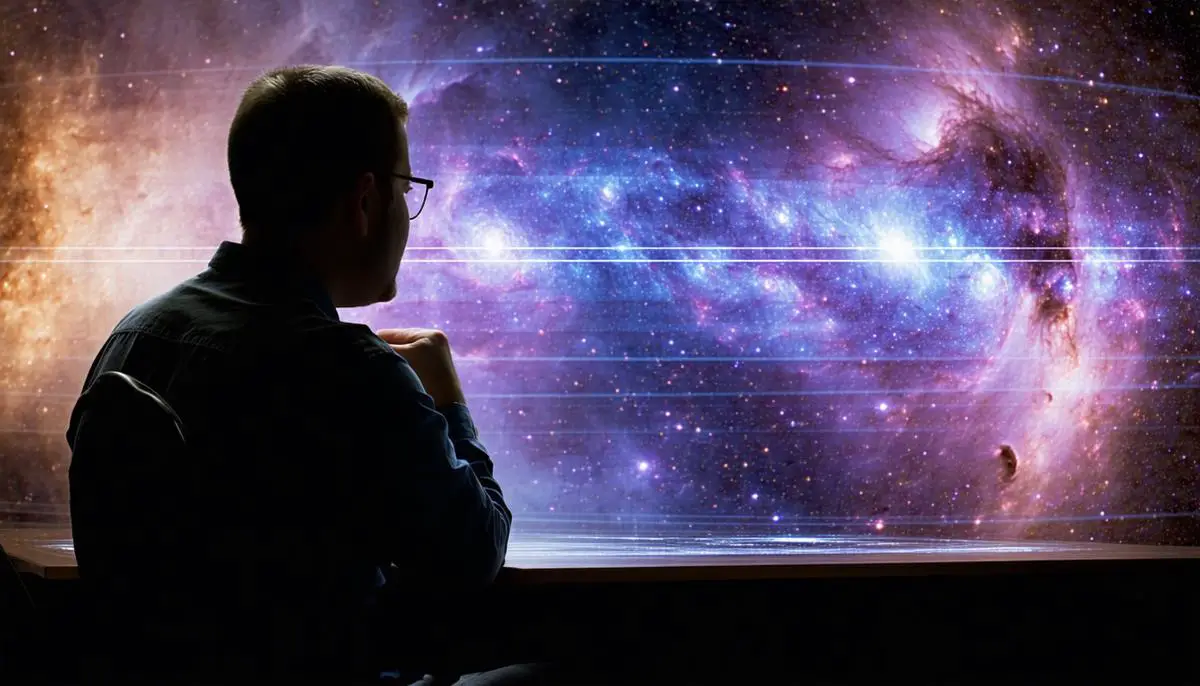
Future Research and Observations
The James Webb Space Telescope (JWST) stands at the forefront of future cosmic exploration. Its advanced instruments, designed to peer into the infrared spectrum, promise to unveil ancient galaxies and cosmic structures. JWST aims to refine our understanding of the universe's expansion rate, potentially resolving the Hubble tension.
The Vera Rubin Observatory will survey the night sky with unprecedented detail, mapping out celestial movements and interactions. Its observations could challenge or solidify the current Standard Model through a new lens.
Ground-based observatories continue to refine their technologies, contributing to investigations of dark energy and other cosmological parameters. The Laser Interferometer Space Antenna (LISA) is designed to detect gravitational waves, potentially elucidating the universe's expansion and evolution.
The interplay of these initiatives with theoretical physics shapes the dialogue of space exploration. This collaborative spirit fosters optimism in addressing unresolved aspects of the Standard Model, pushing us toward more cohesive cosmological understandings.
As we continue to unravel the universe's mysteries, each new discovery opens paths to fresh questions. This ongoing journey of exploration remains at the heart of our cosmic adventure, promising continued insights into the nature of our universe.
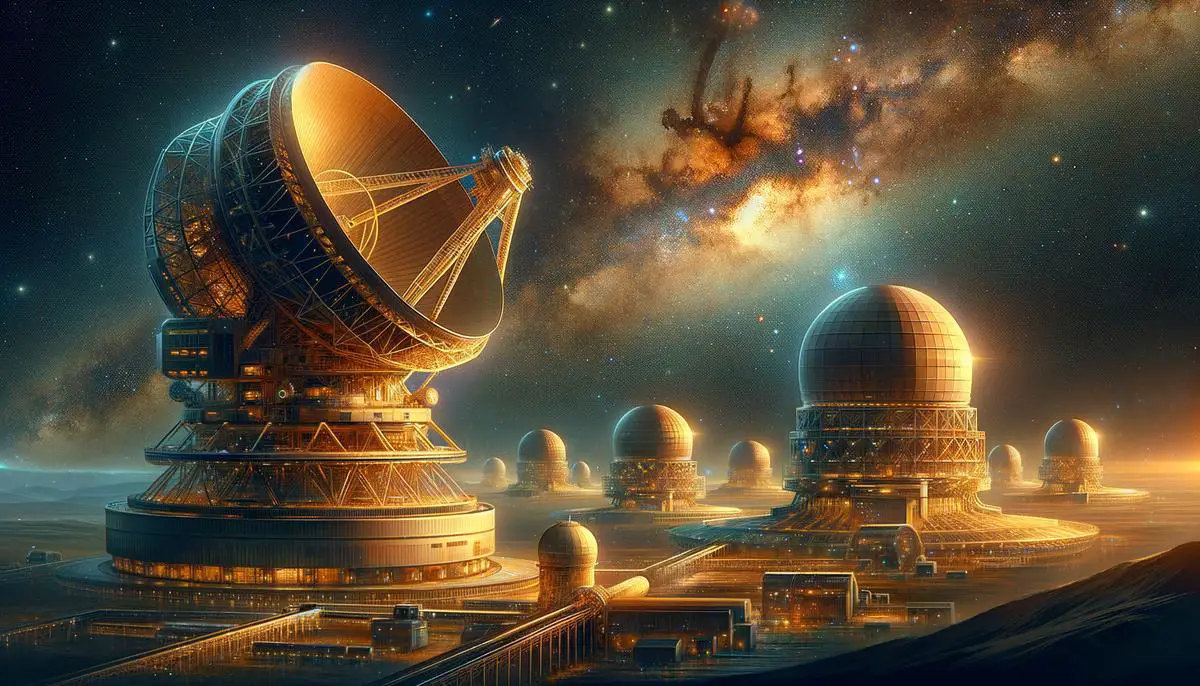
As we contemplate the universe's age, we are reminded of the intricate dance between observation and theory that defines our quest for knowledge. This pursuit not only deepens our understanding but also fuels our imagination, inspiring us to look beyond current horizons and embrace the mysteries that await discovery.
- Chaboyer B, Demarque P, Kernan PJ, Krauss LM. The age of globular clusters in light of Hipparcos: resolving the age problem? Science. 1996;271(5251):957-961.
- Gratton RG, Carretta E, Clementini G, et al. The ages of metal-poor stars. Astron Astrophys. 1997;326:924-934.
- Hansen BMS, Brewer J, Fahlman GG, et al. The white dwarf cooling sequence of the globular cluster Messier 4. Astrophys J. 2002;574(2):L155-L158.
- Oswalt TD, Smith JA, Wood MA, Hintzen P. A lower limit of 9.5 Gyr on the age of the Galactic disk from the oldest white dwarf stars. Nature. 1996;382(6589):692-694.
- Qi G, Li H, Meng X, et al. A dynamical view on the assembly of massive galaxy groups. Nature Astronomy. 2023;7(1):68-75.
![]()
